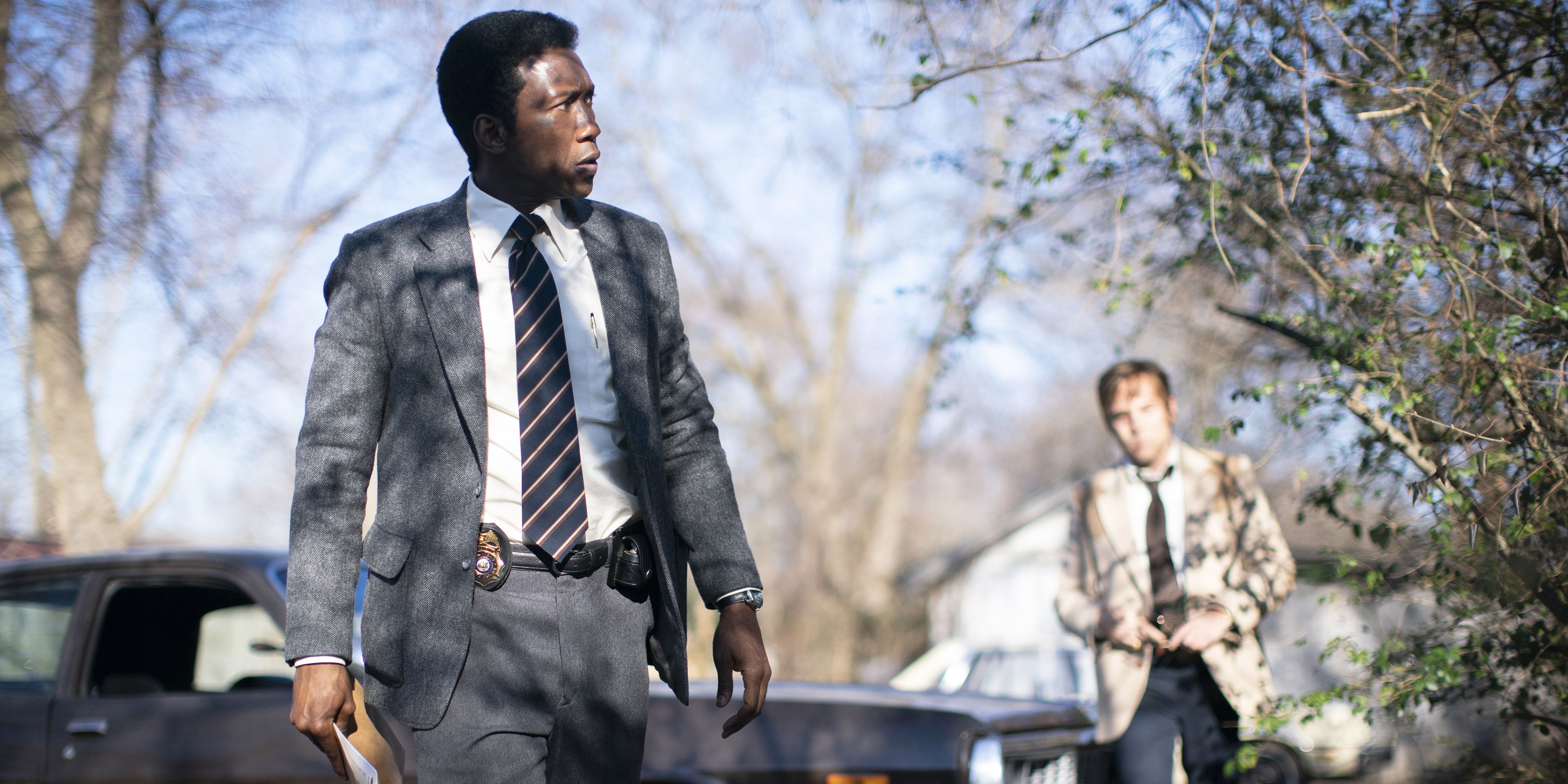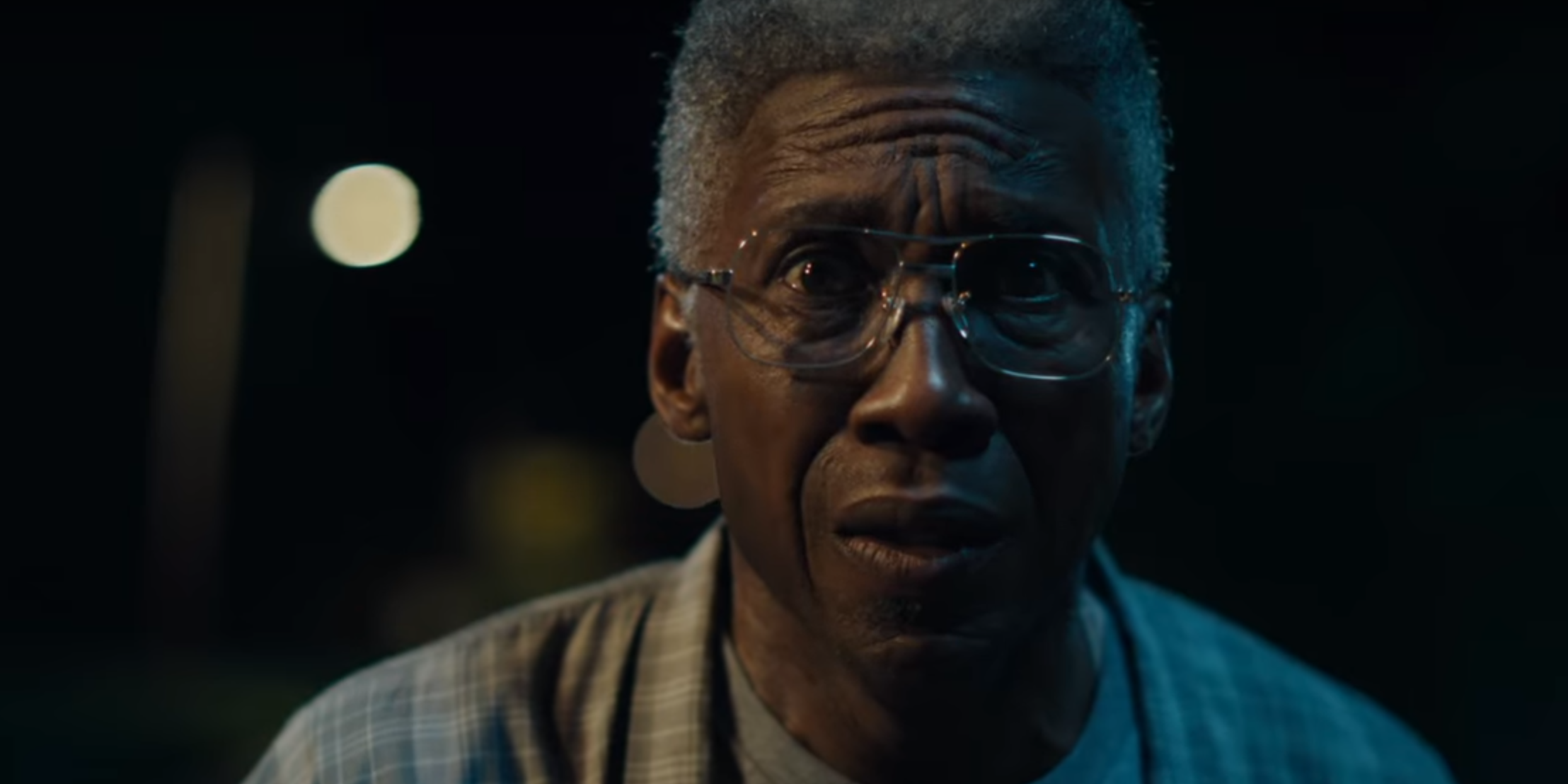

#DRAFTSIGHT 2016 CRACK#
Ali, especially, with the help of some crack makeup and hair people, is persuasive as Wayne across a span of 35 years, living in the present and in an incomplete past that is running away from him even as he runs toward it. What’s most compelling, and touching, in “True Detective” are these elements of memory and time, how it moves on and stands still.

(Wayne’s imitation of a lightsaber is about as light-hearted as it gets.) And when Wayne, usually contained and controlled, bursts out, it’s as shocking as anything in the show.

Though there are moments of sweetness, especially in the scenes where Wayne and Amelia get to know each other, there isn’t much in the way of humor nothing like the weird comic edge of McConaughey and Harrelson’s philosophical double act in Season 1. The mere fact that it involves missing children makes it hard to watch. It’s an ambitious and imperfect work, beautiful and corny, believable and less believable by turns. What matters here, as before, are partnerships - between Wayne and Roland, and also between Wayne and Amelia - and what will matter most in the end is how they last or don’t. Given the less than convincing endgames of the preceding seasons, I would not concentrate too much on the whodunit-and-why elements of the plot the balls in the air may be more interesting than where they come down. But bucking a tradition in crime fiction, they are generally in sync. He stops Roland from shooting a fox he doesn’t want to go to a whorehouse (“guess I’m a romantic”). Wayne, who developed preternatural tracking skills through his wartime specialty - “long range reconnaissance” (“Drop him in the jungle alone he comes out two or three weeks later with scalps”) - has a stricter code. Roland is more relaxed, though not exactly well-adjusted. Wayne Hays (Mahershala Ali, the series’ first black lead) and Roland West (Stephen Dorff) are the partnered cops here, Arkansas state police detectives. (There will be several directors, including Pizzolatto himself.) Once again, the series, which returns Sunday, is mainly Pizzolatto’s work, with “Deadwood” creator David Milch co-writing one episode and Graham Gordy, another. It was less well-received critically - though not the bloodbath you may remember - but was not without its points of interest as it moved its sometimes tiring way to an ending partly cribbed from “Casablanca.”

#DRAFTSIGHT 2016 SERIES#
In the years since, we have become accustomed to slow-building television, anthologies and the notion that an entire series might be written or directed by a single person - crime novelist Nic Pizzolatto and “Beasts of No Nation” director Cary Joji Fukunaga, respectively in this case.Ī second season the following year, written almost wholly by Pizzolatto with a rotating crew of directors, was set in a fictional Southern California town and starred Colin Farrell, Rachel McAdams and Taylor Kitsch as law enforcement officers from different departments brought together on an increasingly convoluted case involving Vince Vaughn as a crook in big trouble. Starring Matthew McConaughey and Woody Harrelson as an odder-than-usual odd couple of Louisiana policemen chasing an old case into the present, it was brilliant and maddening and new in ways that seem much less new now. When the first season of HBO’s “True Detective” arrived in 2014, it was as praised and argued over as any series in television’s increasingly self-conscious New Golden/Platinum Age.


 0 kommentar(er)
0 kommentar(er)
